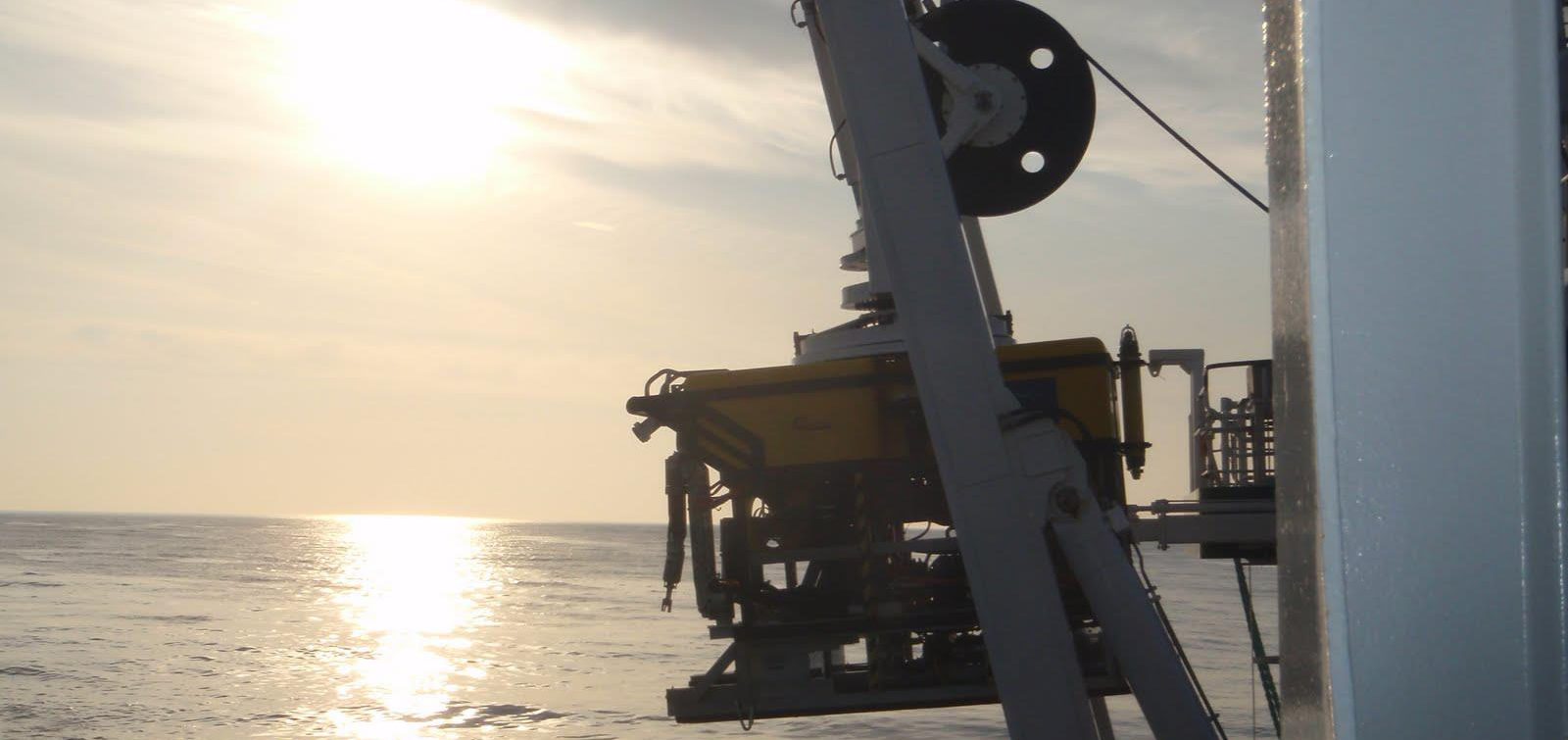
Mangrove forests and swamps are saline, coastal habitats found in tropical and sub-tropical hot, wet areas. Together with saltmarshes, mangrove forests are a place where vascular plants can be found dominating in the marine environment. Mangroves are large shrubs or trees up to 45m in height, amongst the most productive and biologically complex ecosystems on Earth (Barnes and Hughes, 2002). Mangroves support unique and diverse ecosystems of bird, monkeys, kangaroos and snakes and crocodiles, fish, shellfish, tree climbing crabs and bees to name a few (National Geographic). Often found intertidally and protected from high-energy wave action, the trees have aerial roots and trunks which reduce the local water velocity and act as sediment traps. In a similar way to saltmarshes, mangroves raise the level of the shore and help to stabilise the land. Mangroves forests are filled with creeks and channels in densely vegetated areas. 
Mangrove plants require a number of physiological adaptations to overcome the problems of anoxia, high salinity and frequent tidal inundation. Each species has its own solutions to these problems; this may be the primary reason why, on some shorelines, mangrove tree species show distinct zonation. Small environmental variations within a mangal may lead to greatly differing methods for coping with the environment. Therefore, the mix of species is partly determined by the tolerances of individual species to physical conditions, like tidal inundation and salinity, but may also be influenced by other factors such as predation of plant seedlings by crabs.
 And diving the mangroves:
And diving the mangroves:
Image credits
1) Mangrove forests of Belize, Copyright of National Geographic reproduced for Educational Use only
2) Wikipedia article on Mangrove
3) Wikipedia article on Mangrove
References
1) Barnes and Hughes, 2002, An Introduction to Marine Ecology
2) National Geographic website
3) Wikipedia article on Mangrove

It is fascinating to read all your posts. Always full of interesting stuff with detailed scientific background.
Thank you Smita for your positive comments! Glad you are enjoying this blog.